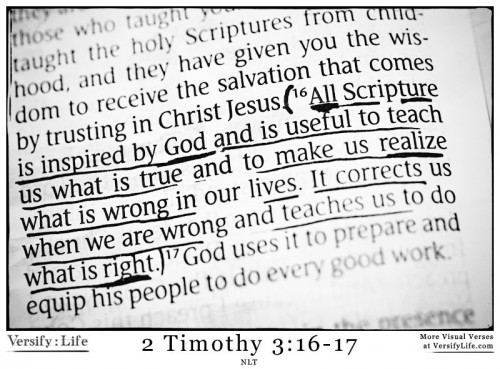Inspired Scripture – by Edward Fudge
Feb 11, 2015 3092
 It seems to me both misguided and profitless to obsess about the precise canon of Scripture, or to become engrossed in hair-splitting definitions of infallibility, inerrancy and other such terms, especially if one limits the applicability of these words to the original autographs. The church was not built on a doctrine about either the canon or infallibility, but on the apostolic testimony about Jesus of Nazareth–who, having done no wrong, was murdered by wicked men but raised to new and everlasting life by God, who exalted Jesus above every living being in the universe except God himself, proclaiming him to be Lord, Savior, judge and king.
It seems to me both misguided and profitless to obsess about the precise canon of Scripture, or to become engrossed in hair-splitting definitions of infallibility, inerrancy and other such terms, especially if one limits the applicability of these words to the original autographs. The church was not built on a doctrine about either the canon or infallibility, but on the apostolic testimony about Jesus of Nazareth–who, having done no wrong, was murdered by wicked men but raised to new and everlasting life by God, who exalted Jesus above every living being in the universe except God himself, proclaiming him to be Lord, Savior, judge and king.
The more one emphasizes the authority and reliability of the Bible and all its parts, the more important it is to see exactly what the Bible claims for itself. Let us look briefly at Second Timothy 3:15-16, one of the most signficant texts on this subject in all the Bible. In a world full of error and deceitful men, Paul urges Timothy to make as his home-base the Jewish Scriptures (sacred letters) he had learned from infancy and had learned to trust ever since. These writings, Paul continues, contain power to “wisen” or to “sophisticate” Timothy unto salvation through trust in Jesus to whom they point.
Indeed, all such scriptures, whether linked in authority to ancient Jewish prophet or to first-century Christian apostle, are theopneustos. The word literally means “God-breathed” and reminds us of Adam, who began as lifeless clay until God breathed into (in-spired) his nostrils and Adam became a living being. The sacred writings are not dead letters when properly used, but are also God-breathed, in-spired, animated and alive–and are therefore uniquely useful to fully equip a Christian teacher like Timothy or any of us today.
– Edward Fudge
